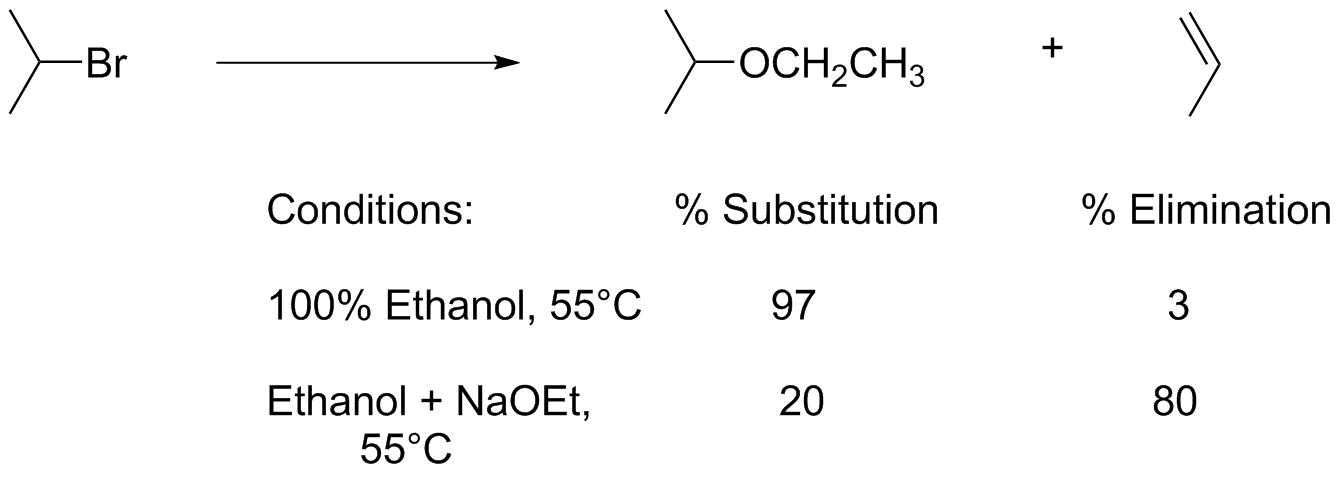Hyperconjugation
Hyperconjugation is the donation of electron density from sigma bonds to stabilize electron deficiency in a p orbital. This can be seen in the LUMO of the tert-butyl cation:
Show the LUMO
Note that the dominant feature (the empty p orbital on C) mixes substantially with the C-H bonds from the adjacent methyl groups. This reflects that the MOs for the C-H bonds are also mixing with the empty p orbital and are being stabilized because of this delocalization.
One of the additional aspects to observe from this is that a Lewis base approaching this cation can also interact to pick up a proton. Elimination is always a competing process with capture of the nucleophile; the ratio of substitution to elimination will vary based on the basicity of the Lewis base.

Conjugation
Regular conjugation is electron delocalization through π systems. If the empty p orbital of a carbocation aligns with either a lone pair (which can hybridize to a p orbital) or a multiple bond (including a phenyl ring), the π electrons can delocalize and thereby stabilize the carbocation. One way of illustrating this is by resonance; examination of the MOs shows the same thing.




